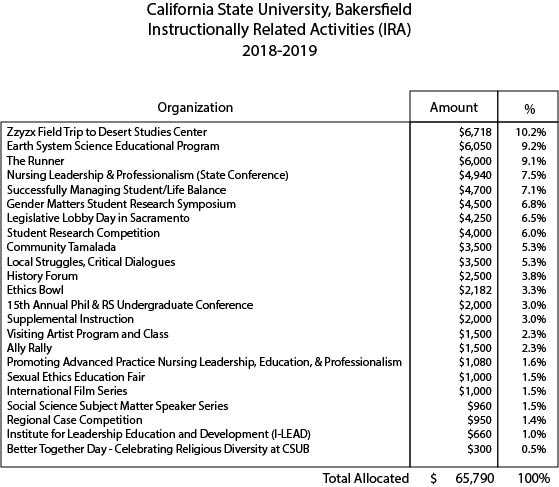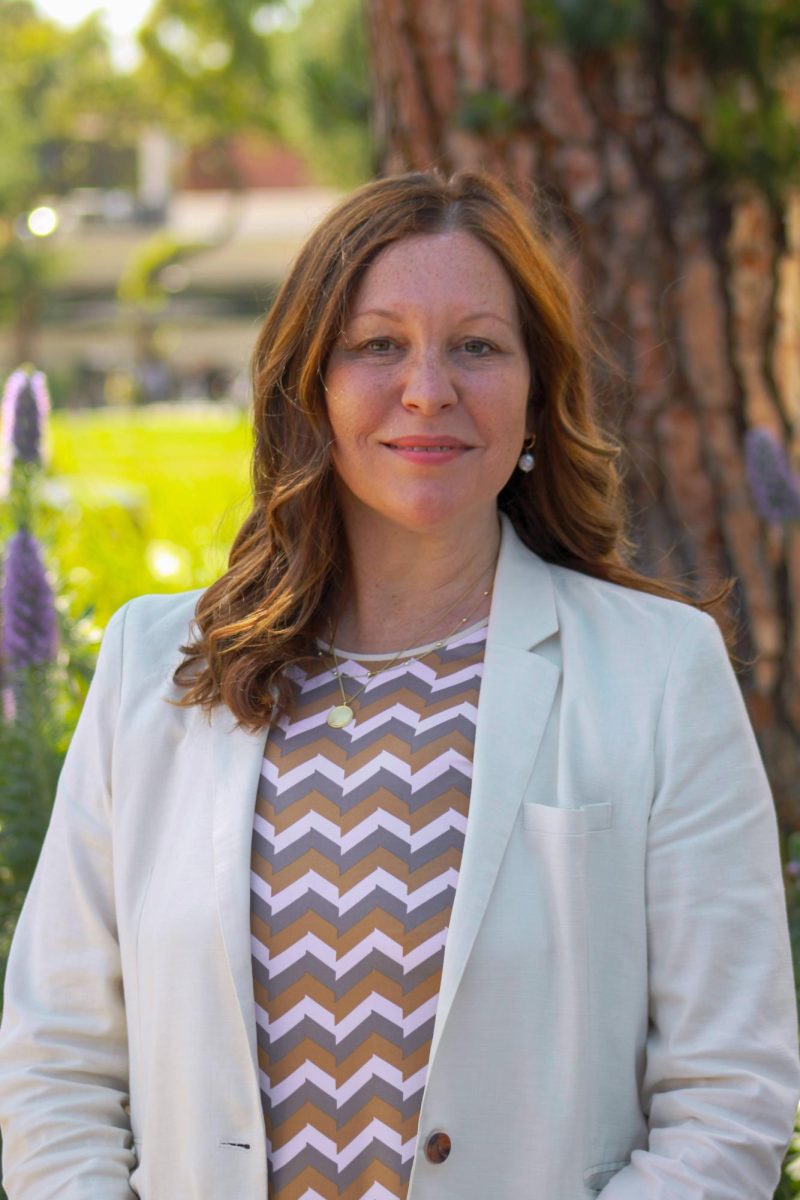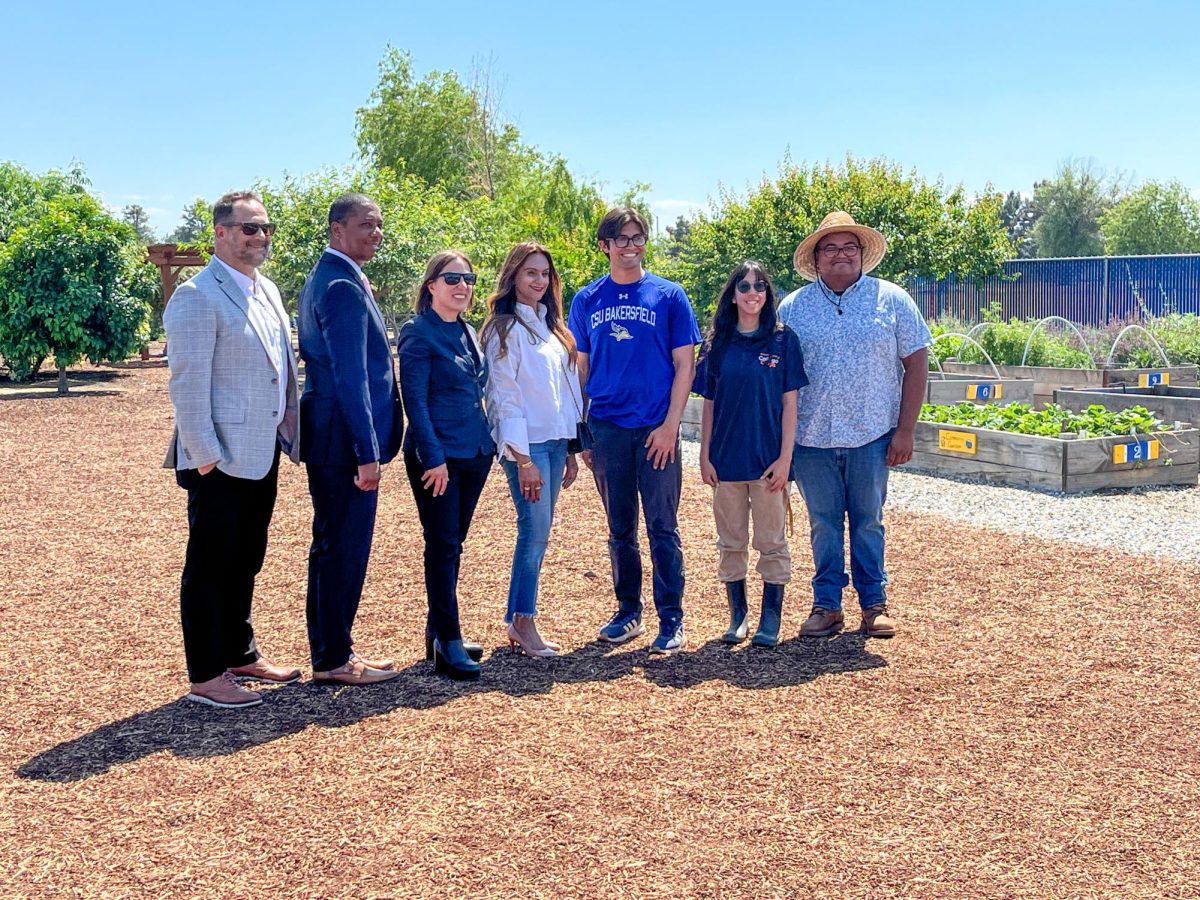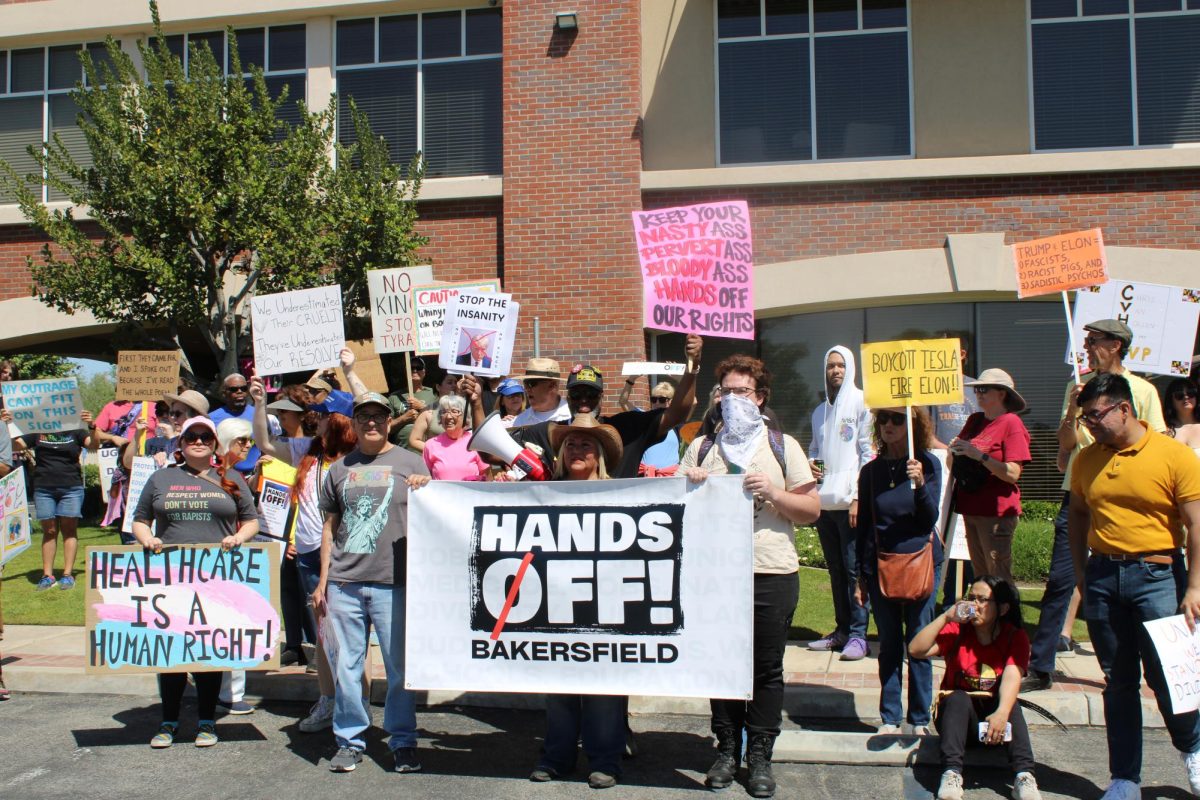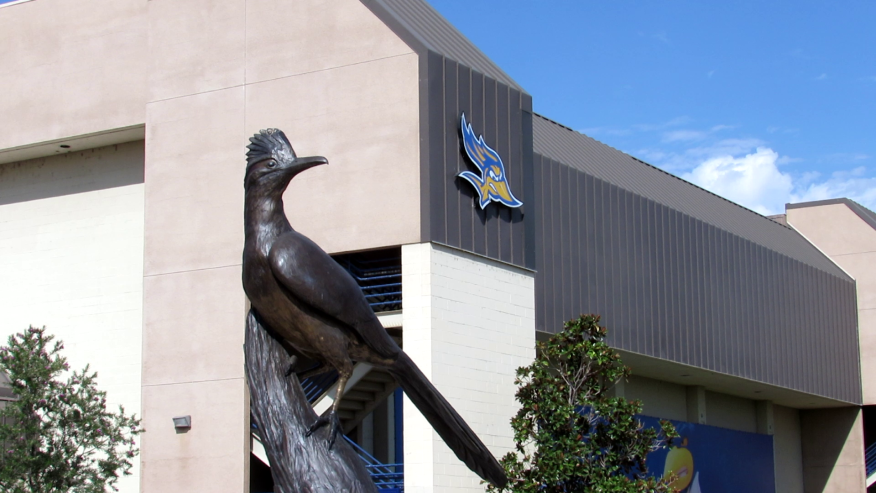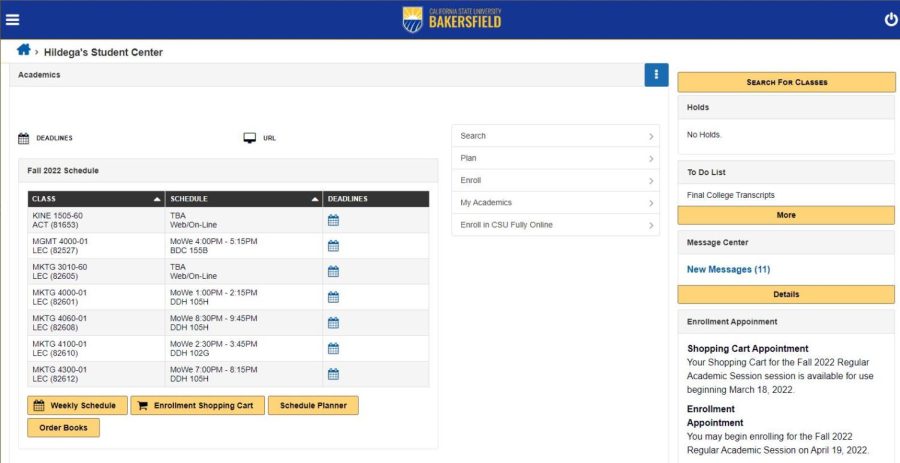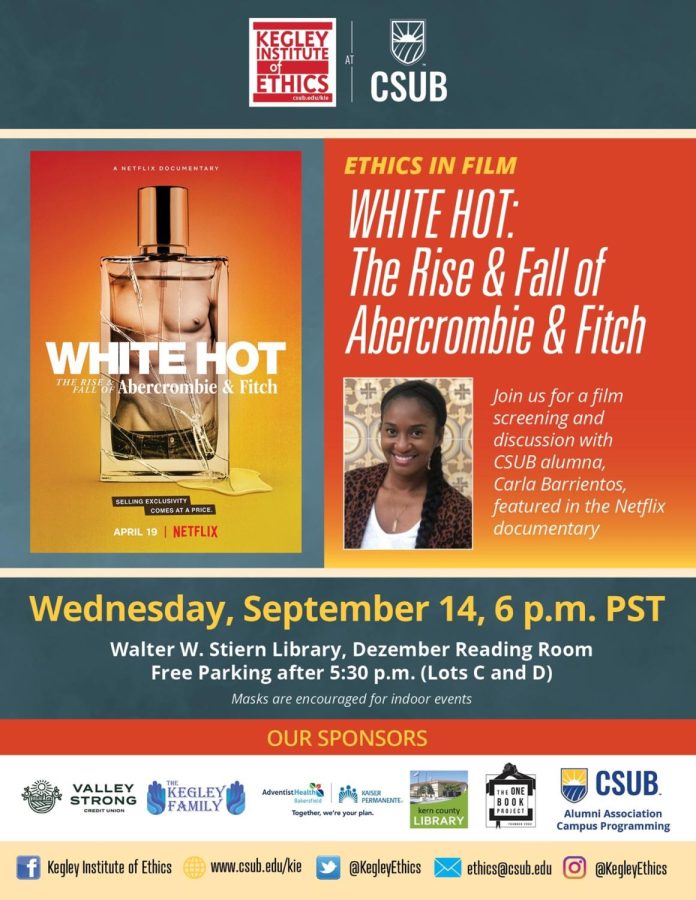Reporter
Every year at CSU Bakersfield, a committee comes together to determine how to allocate funds from the Instructionally Related Activities Fee required by the California State University system.
IRA funds, according to Executive Order No. 740: The California State University Student Fee Policy, are given to events and activities that are necessary to the “educational mission” of the university. These activities must have some sponsorship from an academic department on campus.
This year, the committee met on May 31, and awarded $65,790 in total, according to the group’s official spreadsheet. 23 organizations or events were chosen to receive funds for this school year, such as the Sexual Ethics Education Fair, which received $1,000 and CSUB’s participation in the Nursing Leadership and Professionalism State Conference, which received $4,940..
A field trip to Zzyzx, California to the Desert Studies Center received $6,718 in funds, which was the highest amount given out this year. Last year’s trip hosted 66 CSUB and Bakersfield College students and faculty.
The membership of the committee rotates by year. As outlined by the executive order, the committee is made up of three faculty members (chosen by the provost and the academic senate) and three student representatives (the Associated Students Inc. president and two students chosen by the president). A representative of the Fiscal Services Department and the Dean of Student Life also attend meetings as non-voting members.
Starting annually in February, applications for funding open to faculty members who hope to have their events funded for the next academic year. By the time applications closed this May, requests for money from the IRA fund had grown substantially. According to committee member and ASI President Ashley Schmidt, the requests added up to $201,409.
With so many applications to consider, the committee had to choose which programs would be granted the funds for which they applied. Executive Order No. 740 outlines certain guidelines for making this decision, such as a list of activity categories that qualify for funding, including athletics and drama productions. Not all organizations receive the amount they requested.
Beyond these descriptions, however, the committee is in charge of determining how they will distribute funds. These specific criteria must be documented in preparation for the committee’s final meeting. Among these criteria, Schmidt says, is the requirement that an event benefits as many students as possible.
“One of the events on the list, for instance, the geology one, affects so many students. So many students can go and see this event take place. It’s a wonderful opportunity.”
Another IRA-funded event that many students can attend is a lecture in the History Forum series. Though they did not know that the event was funded through the IRA committee, senior sociology major Yoceline Aguilar and junior accounting major Bladimir Benitez are planning to attend one of the lectures coming up this October. “They’re educational… They bring awareness on certain subjects,” Aguilar said.
Benitez agrees. “We always go to those. A lot of people ask questions. You have to listen for key details; they cover a lot of subjects.”
As someone who goes to the events that the committee funds, Benitez says that he has no issues with the fact that the Instructionally Related Activities Fee is added into student tuition. He explains, “Is it benefitting me? I mean, yeah. I think so.”
Though the executive order does require a tuition fee to pay for it, IRA funding is not meant to be a complete financial solution to academic departments. Instead, as Schmidt puts it, it is intended as a way to “give back to the curriculum.” The executive order outlines that one of the intentions of the fee is to take some of the burden of funding activities off of the Associated Student Body.
With all of the time that goes into determining which events are awarded funding, one student argues that getting the word out about events should be a priority.
Jenny Kay Pratt, a senior majoring in liberal studies, said, “I think the events are super helpful, but I think smart advertising is key! Bright colors and fun fonts are really going to make people want to come over and read your flier. I almost never hear about the educational events until after the fact unless a teacher brings it up in class for extra credit.”



